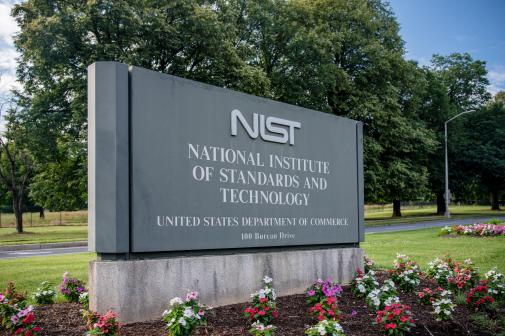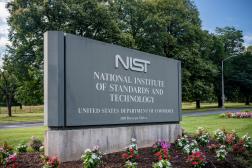Help wanted: NIST looks for companies developing ‘touchless’ fingerprinting
The National Institute of Standards and Technology wants more companies to help it develop standards and testing methods for “touchless” fingerprinting technologies.
Mike Garris, a NIST biometrics senior scientist, said touchless fingerprinting, in which a device scans for a fingerprint without making contact with the skin, holds the potential to be faster and easier-to-use than conventional fingerprinting methods. Typically, the government establishes a certification program — and sets requirements, metrics and open testing methods — before federal law enforcement agencies adopt a new fingerprinting technology, he said.
“These devices are doing something new,” he told FedScoop. “There needs to be something done to validate that the digital representation in the image coming out of the device is trustworthy and accurate to what’s really on the print.”
Also, the images must be able to match touchless fingerprints recorded by other devices as well as the government’s archive of hundreds of millions touch-based fingerprints.
In its work to establish the standards, NIST has partnered with MorphoTrak LLC and 3M Co. through a cooperative research and development agreement. Under the CRADA, NIST receives access to the companies’ emerging technologies while still protecting their intellectual property. NIST is looking for other companies to join in that partnership.
“Right now, we’re demonstrating our methods are working across two [companies’ devices],” said Garris, who has worked in fingerprinting since 1998. “But we really need and want more.”
NIST is also working with the FBI’s Biometric Center of Excellence.
Currently, most law enforcement agencies — from local police stations to the FBI — use fingerprint recording devices with touch-based “live scan” technology, which captures a fingerprint digitally on a glass surface. But some companies are working on developing touchless fingerprinting devices — a few single-finger devices are already on the market — and NIST wants to move quickly to lead efforts to develop standards for these devices, Garris said.
“NIST’s role here is to help industry and the commercial competitive marketplace to increase our security and quality of life,” he said. “And we’re supposed to work with industry to do that.”






